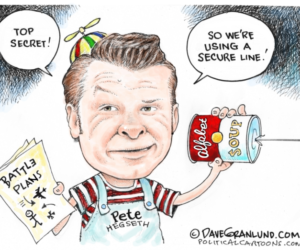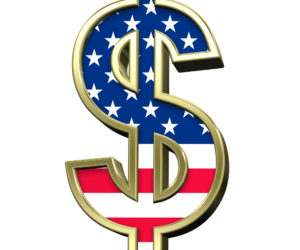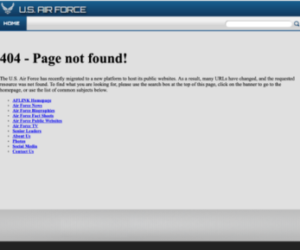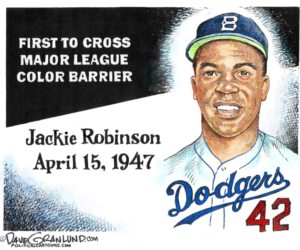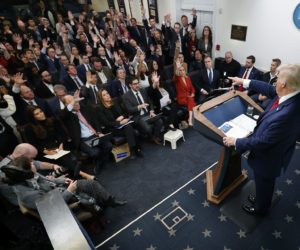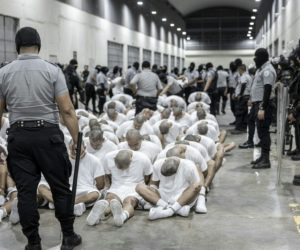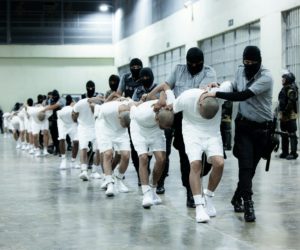
The United States has gone through national crises before. In these previous crises there is a similar four stage pattern of crisis management: Stage 1- Denial; Stage 2- Confusion; Stage 3- Resolve; and Stage 4- Onward to Victory. In this essay a past crisis, WWII, is used as an example demonstration of our usual four stage crisis management pattern, and as a comparison to our current Corona virus crisis management.
Stage 1: Denial (If we ignore the problem, it will go away).
WWII: In the 1930s the United States and the other western democracies ignored Hitler and the rise of Fascism. We did this despite overwhelming evidence of the evil actions and intentions of the fascist dictators.
Current: Prior to February of 2020 we were in Stage 1. There were warnings of the dangerous existence of the virus and its ability to spread that were ignored. Since the last pandemic we seemed to assume it would never happen again.
Stage 2: Confusion (Maybe we should do something, but we aren’t sure what to do, and how much to do). This is a stage of mixed signals and intentions, unanswered questions, and false starts.
WWII: From 1939 through late 1941, as war raged in Europe, we hesitantly and partially mobilized our military. We slowly and controversially began to send aid to the United Kingdom. Controversial because most Americans believed we should stay out of the war, and by staying out we would remain unaffected.
Current: From early February to mid-March we were in Stage 2. In this stage there was no coherent national strategy and no stockpile of needed resources, and each state established its own response to the virus, with a contradictory, confusing mix of tactics.
Stage 3: Resolve (The Pearl Harbor moment).
WWII: The attack on December 7th, 1941 awakened and coalesced Americans to the reality that the war had come to America. The attack allowed the Roosevelt administration to plan and implement a national strategy for winning the war, with every segment of American society involved in the war effort. This stage took time to come to fruition. The United States spent 1942 and early 1943 vastly expanding its military and switching over all American manufacturing capacity to the production of weapons and armaments.
Current: Since mid-March to the present we have been in Stage 3, sort of. In the current crisis there is no exact Pearl Harbor or 9/11 moment. Those moments were specific transformative events that clearly demarcated the end of Stage 2 and the beginning of Stage 3. In this crisis the boundary between Stage 2 and Stage 3 has been blurry and ambiguous. However, there is evidence that we are slowly moving on to Stage 3. We are gradually increasing the supply of masks, ventilators and other health care needs. More people are being tested. And now most Americans are in some form of lockdown, and some infection curves are flattening. A national plan is being debated.
Stage 4: Onward to Victory (The plan is fully implemented and the crisis is successfully resolved).
WWII: Between mid-1943 and the end of the war in 1945 the United States became the arsenal of democracy and the world’s most powerful country, primarily responsible for the defeat of Fascism.
Current: In the current war, how will we know that we have reached Stage 4? We will abundantly have everything we need to fight the war. We will have enough sanitizer, swabs, masks, ventilators and hospital beds for everyone who needs them. Every American will have been validly tested for the corona virus. All Americans with the appropriate immune enhancing antibodies will have been identified. We will know which Americans still need to be quarantined and which ones can be released from quarantine. An effective vaccine will have been developed, tested and implemented.
And perhaps most importantly, a transparent national plan will have been developed and implemented, with all branches and levels of government, all agencies, all businesses and all individuals aligned and operating on the same page. In the past two months numerous individuals have proposed their versions of national plans, but the Trump administration has yet to adopt and announce a plan.
How does this historical comparison help us? It tells us two things to keep in mind as we move forward. One, a democratic response to a national crisis is always initially messy and slow. It doesn’t happen all at once, and it certainly doesn’t happen strongly all at once. Two, despite this initial messy slowness previous American generations have successfully resolved crises
.
Yes, of course it would be great if we could skip Stages 1 and 2 and go directly to Stages 3 and 4. But in the United States this is magical thinking. Americans are most interested in their own day to day needs and goals; they do not spend their time preparing for the next national crisis. Getting all Americans to agree to and follow a collective national strategy is like herding cats.
So Stages 1 and 2 were inevitable in the current crisis, just as they were in past crises. However, I have been pleasantly surprised that most Americans are obeying the stay-at-home orders most of the time. This gives me hope that Stages 3 and 4 will also be inevitable, and that we will win this war

